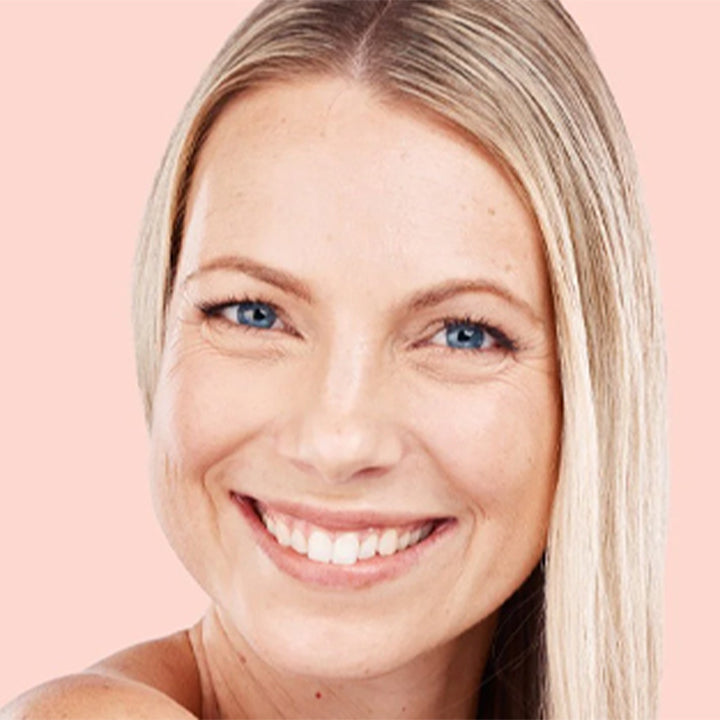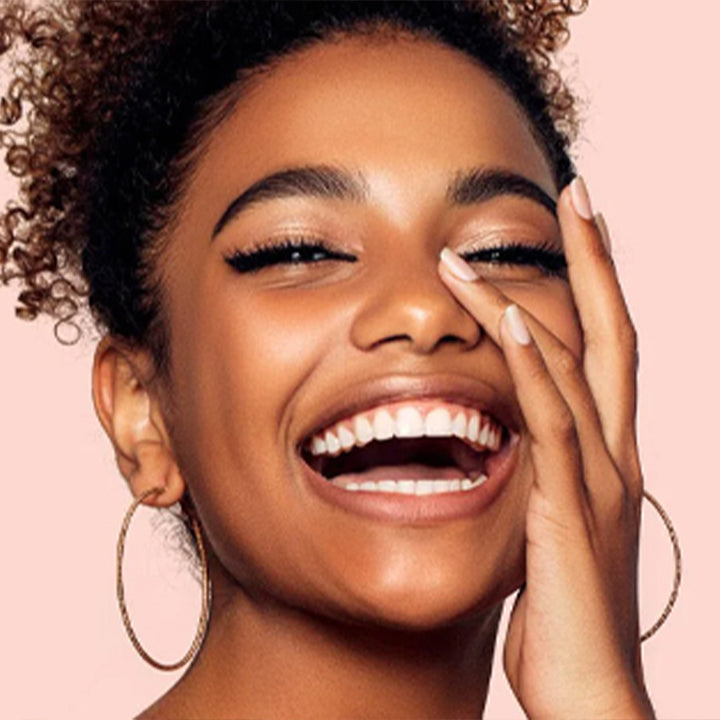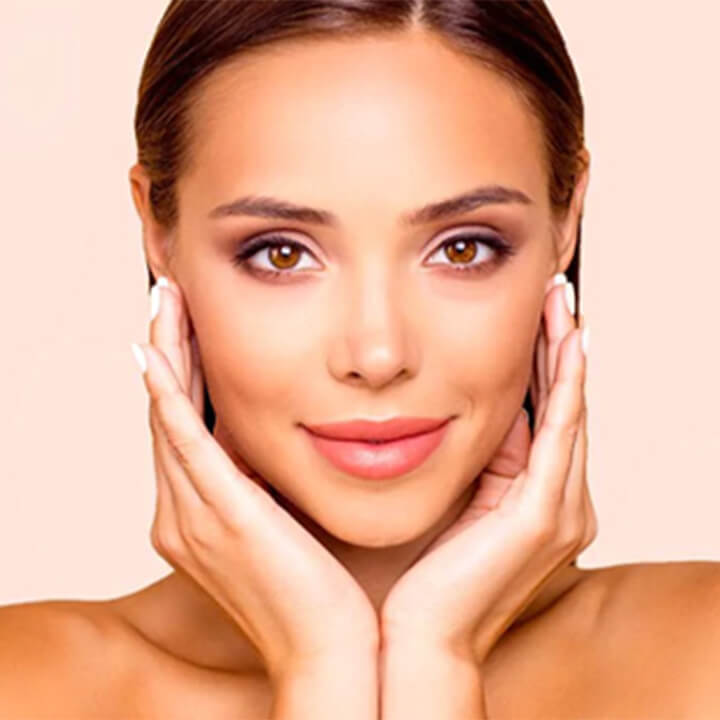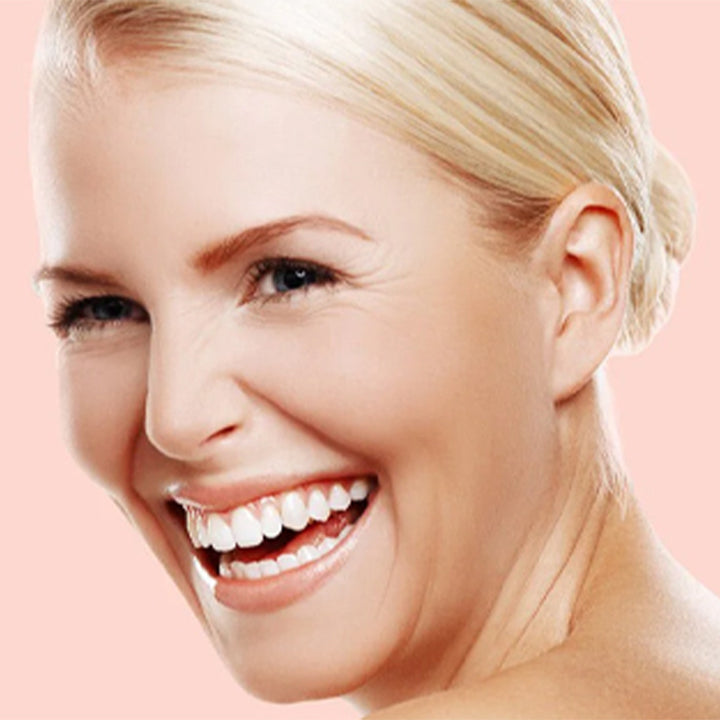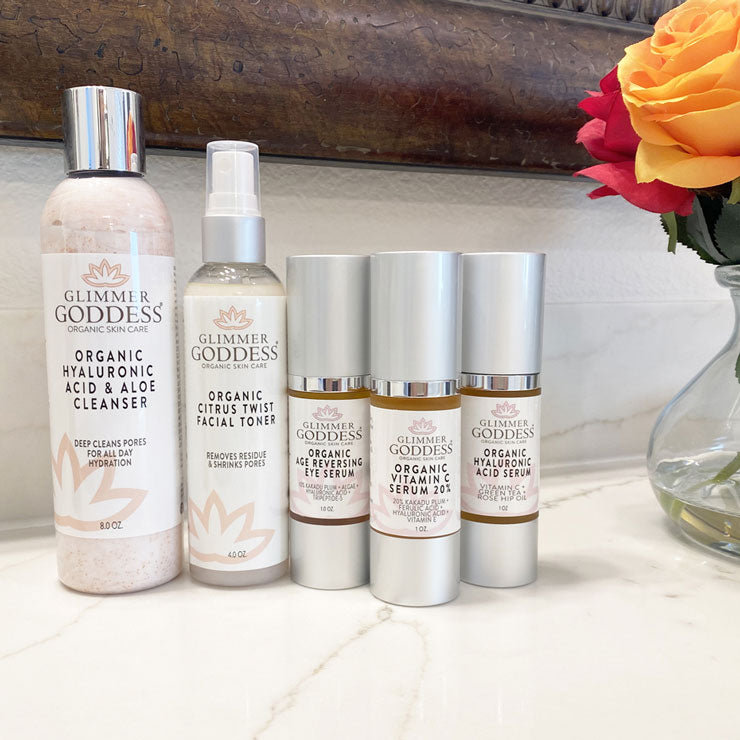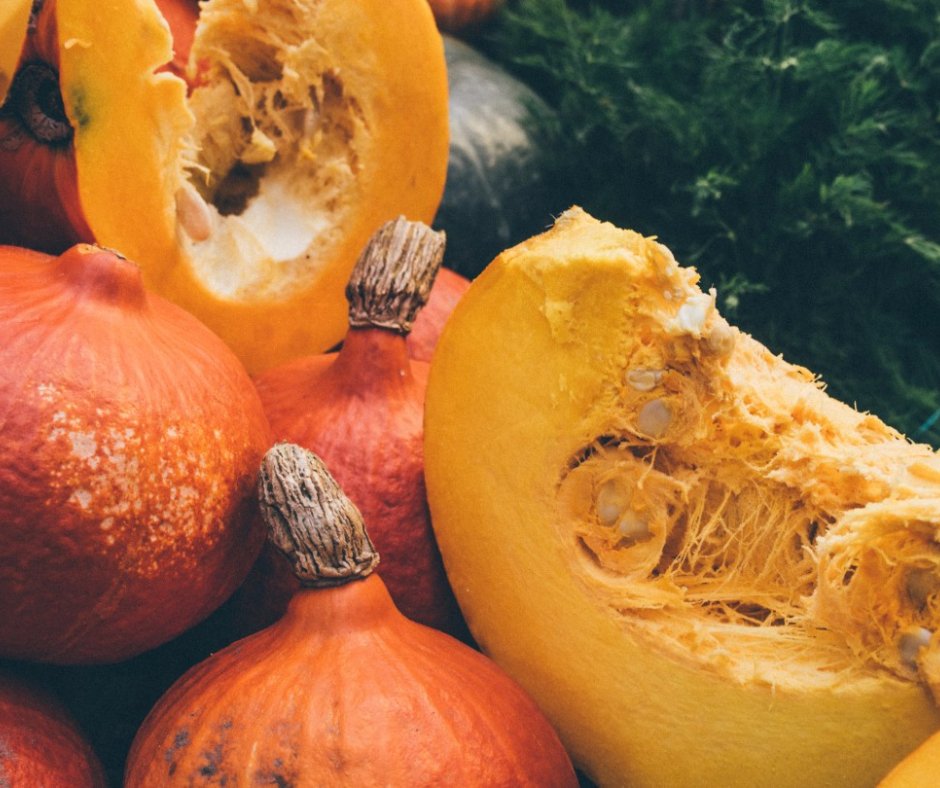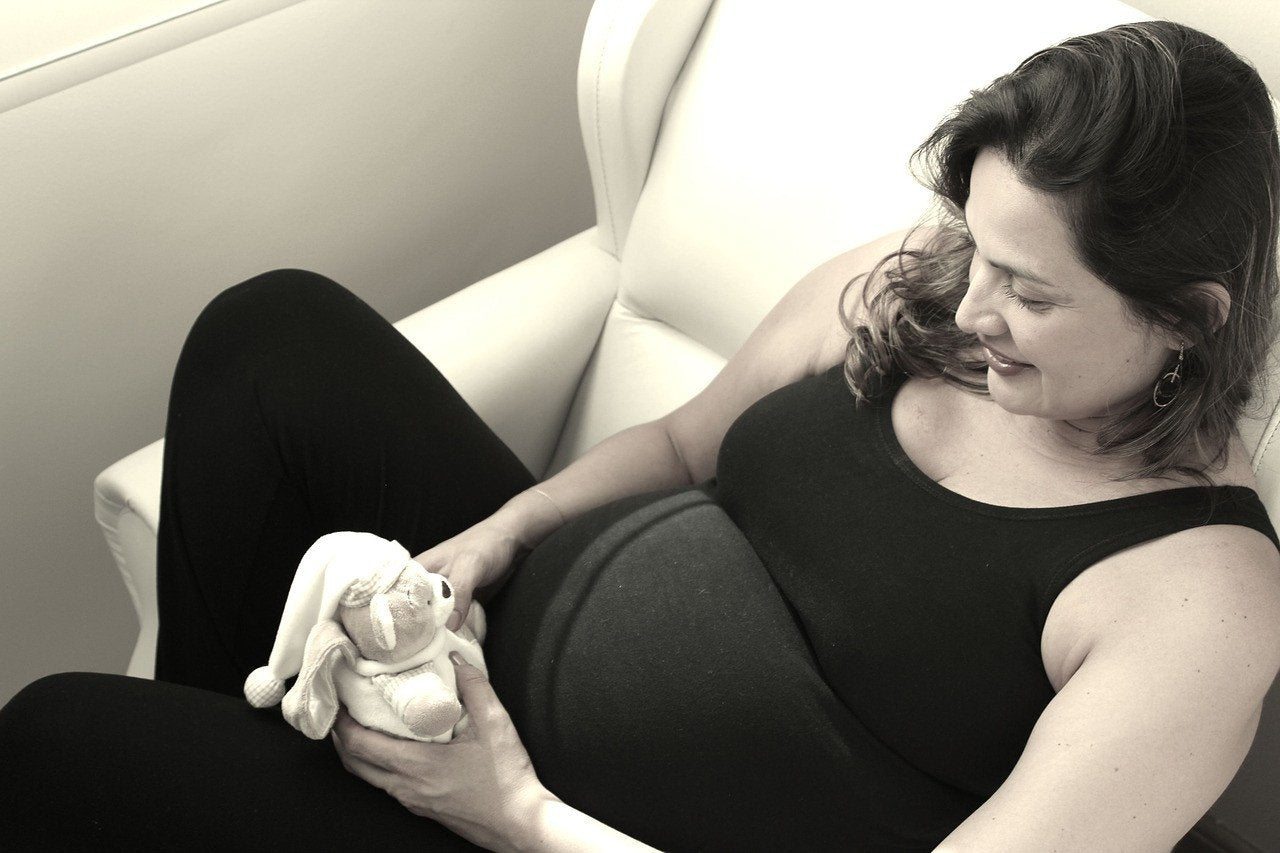
Managing Your Skincare While Pregnant and Nursing
Why is Skincare Important During Pregnancy and Nursing?
During pregnancy and nursing, hormonal changes can affect your skin in various ways. It's important to take care of your skin during this time to address any specific concerns and maintain a healthy complexion.
Understanding Pregnancy-Safe Skincare Ingredients
When choosing skincare products, it's crucial to opt for pregnancy-safe ingredients. Avoid products that contain retinoids, salicylic acid, and hydroquinone, as these may pose risks to your baby. Instead, look for gentle and natural ingredients like aloe vera, chamomile, and shea butter.
Developing a Simple Skincare Routine
Keeping your skincare routine simple yet effective is key during pregnancy and nursing. Start with a gentle cleanser to remove dirt and impurities. Follow it up with a hydrating moisturizer to keep your skin nourished and supple.
Addressing Common Skincare Concerns
1. Acne: Hormonal changes can lead to breakouts. Use non-comedogenic products and consider incorporating benzoyl peroxide or glycolic acid under the guidance of your healthcare provider.
2. Hyperpigmentation: Pregnancy hormones can cause dark spots. Look for products with vitamin C or niacinamide to help brighten your skin.
3. Stretch marks: Keep your skin moisturized with products containing cocoa butter or vitamin E to help prevent stretch marks.
Protecting Your Skin from the Sun
During pregnancy and nursing, your skin may be more sensitive to the sun. Apply a broad-spectrum sunscreen with at least SPF 30 daily, even on cloudy days. Wear protective clothing and seek shade when the sun is strongest.
Consulting with Your Healthcare Provider
Always consult with your healthcare provider before introducing any new skincare products or treatments during pregnancy and nursing. They can provide personalized recommendations based on your specific needs and concerns.
Conclusion
Managing your skincare while pregnant and nursing is essential for maintaining healthy and radiant skin. By understanding pregnancy-safe ingredients, developing a simple skincare routine, addressing common concerns, protecting your skin from the sun, and consulting with your healthcare provider, you can ensure the well-being of both you and your baby.
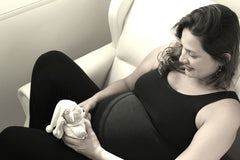 What an exciting time! Whether you’re a first time mom or have had plenty experience down the mommy road we can all agree that this is a time full of joy and excitement.
What an exciting time! Whether you’re a first time mom or have had plenty experience down the mommy road we can all agree that this is a time full of joy and excitement.
However, let’s be real for a minute, stretch marks, dark circles from sleepless nights, acne, pregnancy mask and worry lines can be quite frustrating skincare dilemmas that come along with Mommy-hood.
You may find that some of your favorite beauty products that gave your skin that beautiful glow are unsafe to use now that you’ve got a baby on board.
But don’t worry, we’ve created this blog to help you navigate through which ingredients to ditch during this delicate and beautiful time.
- Aluminum chloride hexahydrate: Found in antiperspirant; check for aluminum chloride hexahydrate and aluminium chlorohydrate.
- Beta hydroxy acids: Salicylic acid, 3-hydroxypropionic acid, trethocanic acid and tropic acid.
- Chemical sunscreens: Avobenzone, homosalate, octisalate, octocrylene, oxybenzone, oxtinoxate, menthyl anthranilate and oxtocrylene.
- Diethanolamine (DEA): Found in hair and body products; stay clear of diethanolamine, oleamide DEA, lauramide DEA and cocamide DEA.
- Dihydroxyacetone (DHA): Found in spray self-tanners; could be harmful if inhaled.
- Formaldehyde: Found in hair straightening treatments, nail polishes and eyelash glue; look for formaldehyde, quaternium-15, dimethyl-dimethyl (DMDM), hydantoin, imidazolidinyl urea, diazolidinyl urea, sodium hydroxymethylglycinate, and 2-bromo-2-nitropropane-1,3-diol (bromopol).
- Hydroquinone: A lightening agent; abstain from hydroquinone, idrochinone and quinol/1-4 dihydroxy benzene/1-4 hydroxy benzene.
- Parabens: Keep away from propyl, butyl, isopropyl, isobutyl and methyl parabens.
- Phthalates: Found in products with synthetic fragrances and nail polishes; avoid diethyl and dibutyl especially.
- Retinol: Vitamin A, retinoic acid, retinyl palmitate, retinaldehyde, adapalene, tretinoin, tazarotene and isotretinoin.
- Thioglycolic acid: Found in chemical hair removers; can also be labeled acetyl mercaptan, mercaptoacetate, mercaptoacetic acid and thiovanic acid.
- Toluene: Found in nail polishes; skip methylbenzene, toluol and antisal 1a
Essential oils pregnant and nursing mamas should avoid
- Aniseed (Pimpinella anisum)
- Anise, Star (Illicium verum)
- Araucaria (Neocallitropsis pancheri)
- Artemisia (Artemisia vestita)
- Atractylis (Atractylylodes lancea)
- Lemon Basil (Ocimum x citriodorum) – Can be used at a low dilution, no more than once a day
- Birch (Betula lenta)
- Black Seed (Nigella sativa)
- Buchu (Agathosma betulina, Agathosma crenulata)
- Calamint (Calamintha nepeta)
- Camphor (Cinnamomum camphora)
- Carrot Seed (Daucus carota)
- Cassia (Cinnamomum cassia)
- Chaste Tree (Vitex ugnus castus)
- Cinnamon Bark (Cinnamomum verum)
- Clary Sage (Salvia sclarea) – This should be avoided during pregnancy because it can bring on contractions, but it has been used quite effectively in the birthing room for just this purpose. It's safe for use during labor (under the guidance of a doula or midwife) as well as postpartum.
- Cypress, blue (Callitris intratopica)
- Dill Seed (Anethum graveolens)
- Dill Seed, Indian (Anethus sowa)
- Eucalyptus, ALL (Eucalyptus camaldulensis, Eucalyptus globulus, Eucalyptus maidenii, Eucalyptus plenissima, Eucalyptus kochii, Eucalyptus polybractea, Eucalyptus radiata, Eucalyptus autraliana, Eucalyptus phellandra, Eucalyptus smithi)
- Fennel, bitter and sweet (Foeniculum vulgare)
- Feverfew (Tanacetum parthenium)
- Frankincense (Boswellia papyrifer) – Can be used at a low dilution, no more than once a day
- Genipi (Artemisia genepi)
- Hibawood (Thujopsis dolobratta)
- Ho Leaf (Cinnamomum camphora)
- Hyssop (Hyssopus officinalis)
- Lanyuna (Artemisia afra)
- Lavender, French/Spanish (Lavandula stoechas)
- Lemon Balm, Australian (Eucalyptus staigeriana) – Can be used at a low dilution, no more than once a day
- Lemongrass (Cymbopogon flexuosus) – Avoid use during pregnancy, OK for use while nursing
- May Chang Litsea cubeba – Avoid use during pregnancy, OK for use while nursing
- Mugwort (Artemisia arborescens, Artemisia vulgaris)
- Myrrh (Commiphora myrrha)
- Myrtle Backhousia anisata)
- Myrtle, Honey (Melaleuca teretifolia) – Avoid use during pregnancy, OK for use while nursing
- Myrtle, Lemon (Backhousia citriodora) – Avoid use during pregnancy, OK for use while nursing
- Nutmeg (Mysristica fragrans)
- Oregano (Origanum onites, Origanum smyrnaeum, Origanum vulgare, etc.)
- Parsley, Leaf/Seed (Petroslinum sativum)
- Pennyroyal (Mentha pulegium)
- Plectranthus (Plectranthus fruticosus)
- Rosemary (Rosmarinus officinalis)
- Rue (Ruta graveolens)
- Sage, Dalmatian (Salvia officinalis)
- Sage, Spanish (Salvia lavandulaefolia)
- Tansy (Tanacetum vulgare)
- Tea Tree, Lemon (Leptospermum petersonii) – Avoid use during pregnancy, OK for use while nursing
- Thuja (Thuja occidentalis)
- Thyme, Lemon (Thymus x citriodorus) – Can be used at a low dilution, no more than once a day
- Verbena, Lemon (Aloysia triphylla) – Can be used at a low dilution, no more than once a day
- Western Red Cedar (Thuja plicata)
- Wintergreen (Gaultheria procumbens)
- Wormwood (Artemisia absinthium)
- Yarrow (Achillea millefolium, Achillea nobilis)
- Zeodary (Curcuma sedoaria)
Essential oils SAFE for use while pregnant or nursing
This is not a complete list, as many essential oils really have never been clinically tested for use during pregnancy. Other essential oils not mentioned here may be OK for use if properly diluted and used SPARINGLY.
- Bergamot (Citrus bergamia) – Do not use topically before going out in the sun, diffusion and wash-off products are safe
- Black Pepper (Piper nigrum)
- Chamomile, German/Roman (Chamaemelum nobile, Matricaria recutita) –
- Copaiba (Copaifera langsdorfii, Copaifera officinalis)
- Coriander (Coriandrum sativum)
- Cypress (Cupressus sempervirens)
- Fir Needle (Abies alba, Abies sachalinensis, Abies sibirica)
- Frankincense (Boswellia carteri, Boswellia frereana, Boswellia neglecta, Boswellia rivae, Boswellia sacra, Boswellia serrata)
- Geranium (Pelargonium graveolens)
- Ginger (Zingiber officinale)
- Grapefruit (Citrus x paradisi) – Do not use topically before going out in the sun, diffusion and wash-off products are safe
- Juniper berry (Juniperus communis)
- Lavender (Lavandula angustifolia)
- Lavender, Spike (Lavandula latifolia)
- Lemon (Citrus x limon) – Do not use topically before going out in the sun, diffusion and wash-off products are safe
- Lime (Citrus x aurantifolia) – Do not use topically before going out in the sun, diffusion and wash-off products are safe
- Marjoram, Sweet (Marjorana hortensis)
- Mandarin (Citrus reticulata)
- Neroli (Citrus x aurantium)
- Orange, Sweet (Citrus sinensis)
- Patchouli (Pogostemon cablin)
- Petitgrain (Citrus aurantium)
- Pine, Scots (Pinus sylvestris)
- Rose, Otto (Rosa damascena) – is safe for use during the third trimester
- Rosewood (Aniba rosaeodora)
- Sandalwood (Santalum spicatum)
- Spruce, Norway (Picea abies)
- Tangerine (Citrus reticulata)
- Tea Tree (Melaleuca alternifolia)
- Thyme ct linalool (Thymus vulgaris)
- Ylang Ylang (Cananga odorata) – Use sparingly as this is very pungent, even to the nose of someone who is not pregnant

